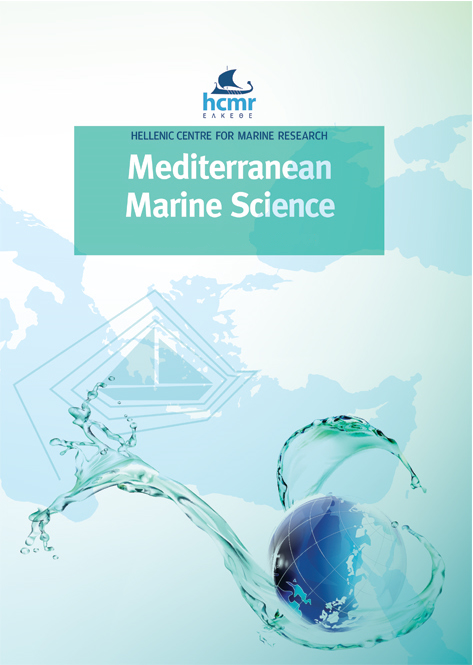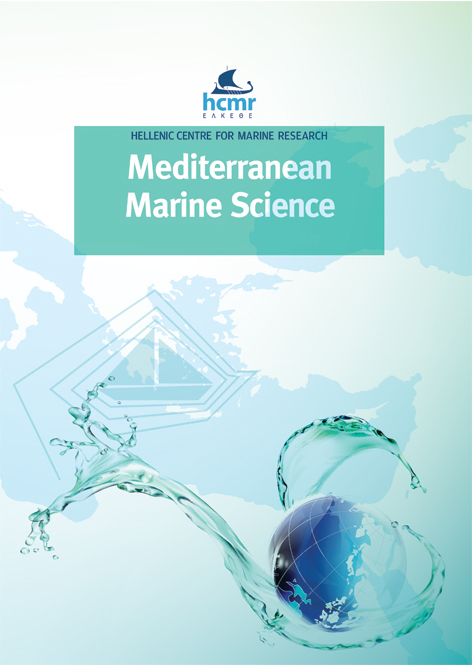New combinations of two Pseudobranchiomma species (Annelida: Sabellidae): The difficulty in establishing a boundary layer among genera within the Sabellinae
Abstract
Due to the presence of companion chaetae on the thoracic notopodia, a feature unnoticed on the material of the original description, the species Pseudobranchiomma tarantoensis (Knight-Jones & Giangrande, 2003) and P. marmarensis (Çinar & Giangrande, 2018) are here transferred to different genera; the former to the genus Sabella Linnaeus, 1767 and the latter to Bispira Krøyer, 1856. A discussion on the boundary existing among the genera belonging to the clade Sabellinae is made, underlying the importance of the thoracic uncini shape, which shows consistency with species separation from a molecular point of view.
Article Details
- Come citare
-
PUTIGNANO, M., ÇINAR, M. E., PELAPRAT, C., & GIANGRANDE, A. (2023). New combinations of two Pseudobranchiomma species (Annelida: Sabellidae): The difficulty in establishing a boundary layer among genera within the Sabellinae. Mediterranean Marine Science, 24(2), 292–298. https://doi.org/10.12681/mms.32610
- Fascicolo
- V. 24 N. 2 (2023): VOL 24, No 2 (2023)
- Sezione
- Research Article
Authors who publish with this journal agree to the following terms:
- Authors retain copyright and grant the journal right of first publication with the work simultaneously licensed under a Creative Commons Attribution Non-Commercial License that allows others to share the work with an acknowledgement of the work's authorship and initial publication in this journal.
- Authors are able to enter into separate, additional contractual arrangements for the non-exclusive distribution of the journal's published version of the work (e.g. post it to an institutional repository or publish it in a book), with an acknowledgement of its initial publication in this journal.
- Authors are permitted and encouraged to post their work online (preferably in institutional repositories or on their website) prior to and during the submission process, as it can lead to productive exchanges, as well as earlier and greater citation of published work (See The Effect of Open Access).














